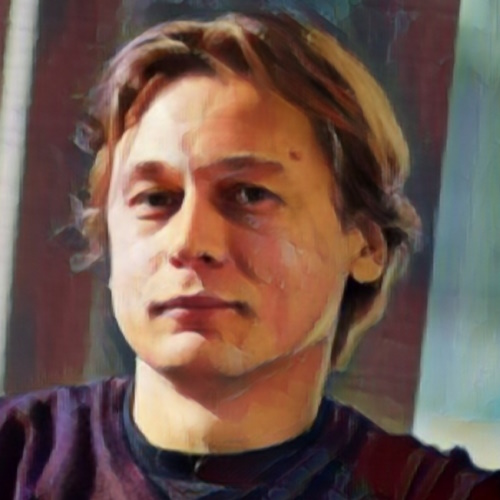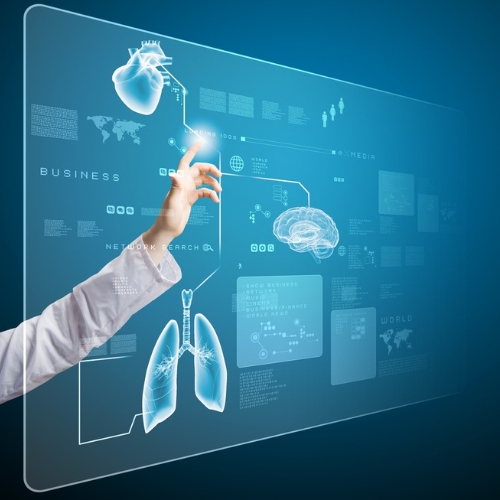The sixth TimePie Longevity Forum, held in Shanghai in September 2025, highlighted how rapidly the science of ageing has moved from theory to measurable, and even reversible, biology. What began in 2019 as a small academic gathering has evolved into a global event with over 1,500 participants, marking the field’s growing confidence that ageing can be quantified, managed, and potentially slowed—or even reversed.
A major theme was biological clocks—the tools scientists use to measure biological rather than chronological age. Harvard’s Vadim Gladyshev described ageing as a flexible, reversible process influenced by stress and recovery, while Steve Horvath unveiled a universal “epigenetic clock” that works across 348 mammalian species, promising better ways to test interventions that extend lifespan. New approaches go beyond DNA methylation: David Furman’s iAge predicts ageing through immune markers and can even estimate biological age from a selfie, while Peking University’s Jing-Dong Jackie Han presented AI-driven facial ageing clocks sensitive enough to detect changes after just weeks of lifestyle intervention.
Beyond measurement, researchers showcased methods to intervene in ageing. Ana Maria Cuervo’s team demonstrated that restoring the cell’s clean-up system, autophagy, can reverse age-related decline in mice, while Guobing Chen mapped immune ageing at the cellular level to pinpoint how our defences weaken with time. Other studies explored compounds that extend lifespan in animals, including seaweed-derived fucoidan, now being tested in humans for its DNA-repair-boosting effects.
The event also reflected how longevity research is maturing into an industry. Alongside biohacker sessions and a new industry forum, TimePie launched its first Longevity Research Grant to fund young scientists and released a white paper analysing China’s fast-growing anti-ageing sector. Together, these developments suggest a new phase for the field—one moving beyond discovery to real-world applications. Ageing, once thought inevitable, is now being treated as a process that can be measured, managed, and—just possibly—reversed.










